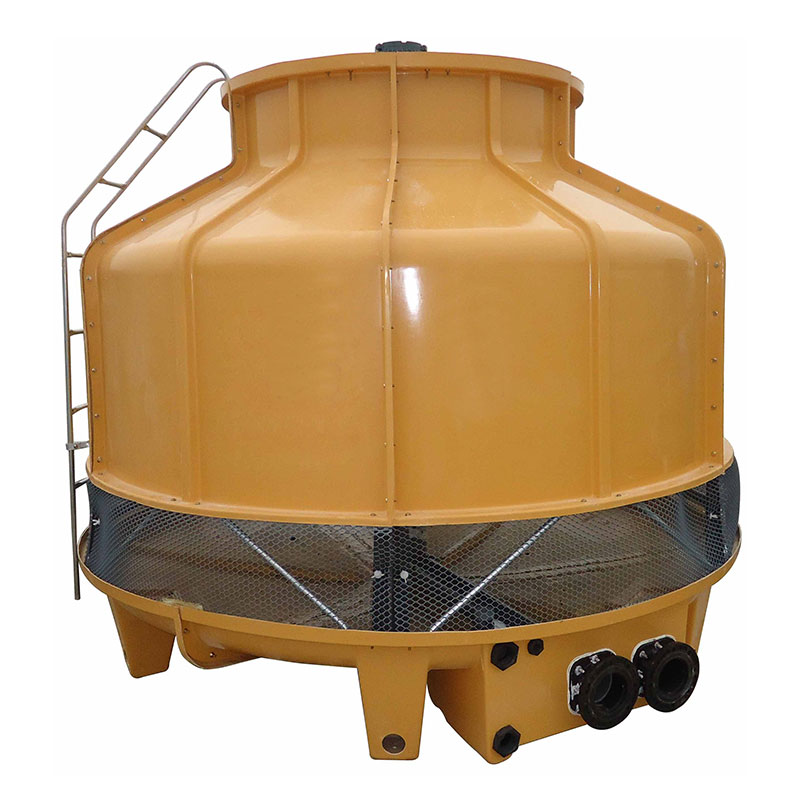Exploring the Potential Environmental Impacts of Water Cooling Towers
2024-06-18
Water cooling towers play a crucial role in maintaining optimal temperatures in various industrial, commercial, and institutional settings. However, like any technological system, they also have the potential to impact the environment. In this blog, we'll explore some of the key potential environmental impacts of water cooling towers and discuss ways to mitigate them.
Water Consumption and Wastewater Generation:
Water cooling towers require significant amounts of water to function effectively. The water is used to absorb heat from the system and is then evaporated or discharged as wastewater. This can lead to increased water consumption and the potential for water shortages in water-scarce regions. Furthermore, the wastewater generated from cooling towers can contain contaminants such as chemicals, oils, and bacteria that need to be properly treated before disposal.
Energy Consumption:
The operation of water cooling towers often requires significant energy, especially in the case of mechanical draft towers that rely on fans or blowers to create airflow. This energy consumption not only adds to the overall energy bill but also contributes to greenhouse gas emissions and climate change.
Noise Pollution:
The fans and motors used in water cooling towers can generate significant noise, which can be a nuisance for nearby residents and communities. Noise pollution can affect people's quality of life, causing stress, sleep disturbance, and other health issues.
Visual Impact:
Large water cooling towers can be visually intrusive, especially in urban areas. Their size and appearance can disrupt the surrounding landscape and alter the visual character of the area.
Ecosystem Impacts:
The warm water discharged from cooling towers can affect the local ecosystem. It can alter the water temperature in nearby streams, lakes, or oceans, potentially affecting aquatic life and ecological processes. Furthermore, the chemicals and contaminants in the wastewater can be harmful to aquatic organisms.
Mitigating the Environmental Impacts:
While water cooling towers have potential environmental impacts, there are several ways to mitigate them:
Implement water-efficient designs and technologies to reduce water consumption and wastewater generation.
Use energy-efficient fans, motors, and controls to reduce energy consumption and emissions.
Install noise barriers and sound-reducing equipment to minimize noise pollution.
Consider the visual impact of cooling towers during design and planning.
Implement proper wastewater treatment systems to remove contaminants before discharge.
Monitor and manage the impact on local ecosystems to ensure they are not adversely affected.
In conclusion, water cooling towers play an important role in maintaining temperatures in various settings, but they also have potential environmental impacts. By understanding these impacts and taking steps to mitigate them, we can ensure that cooling towers contribute to a more sustainable future.



